This year’s celebration was a little different for me. Instead of a turkey dinner with family, I spent it in Newfoundland, coaching our men’s Port Moody soccer team at the Canadian National Championships. Every team had to stay in the Holiday Inn convention centre – paper-thin walls, limited hot water, and full of three hundred young adult soccer players all under one roof. It felt more like a frat house than a hotel!
So, rather than a quiet Sunday with loved ones, I found myself spending Thanksgiving doing a pub crawl down George Street in St. John’s with the team. Not quite the traditional holiday meal, but definitely a memorable one!
We took a battered squad to Nationals. Because BC’s season runs on a different schedule than most of the country. We lost players to university, pro contracts, and injuries before the Championship. In the end, half of the roster that won the Provincials in May was unavailable.
My youngest son was among the casualties—he tore his ACL in September. It’s heartbreaking: fourth year of university, first year as team captain, and now a long year of recovery ahead.
To top it off, we played in 60 km/h winds. My weather app showed nothing but the wind icon all week—no temperature, no rain, no sun or clouds—just wind, as if that was all that mattered. Trying to run against the wind in games felt like speed training where you try and sprint while harnessed to a parachute. When rain mixed in, it literally felt like getting hit in the face with rubber bullets.
And you know what? I loved it. We didn’t have a Cinderella run—we went two and two and left disappointed. Newfoundland won the whole thing. Home-field advantage and gale-force familiarity helped, but it was still a fantastic achievement for their team and province.
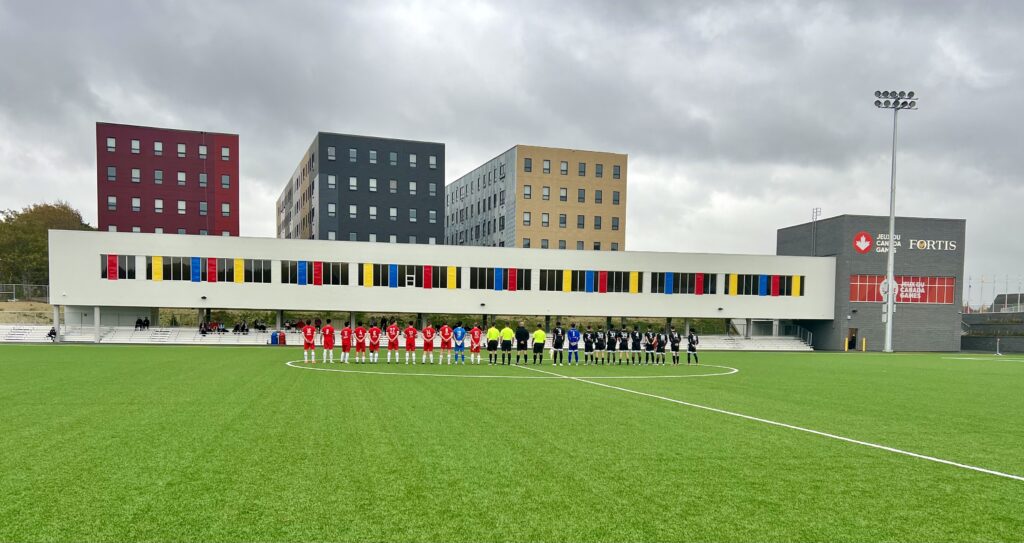
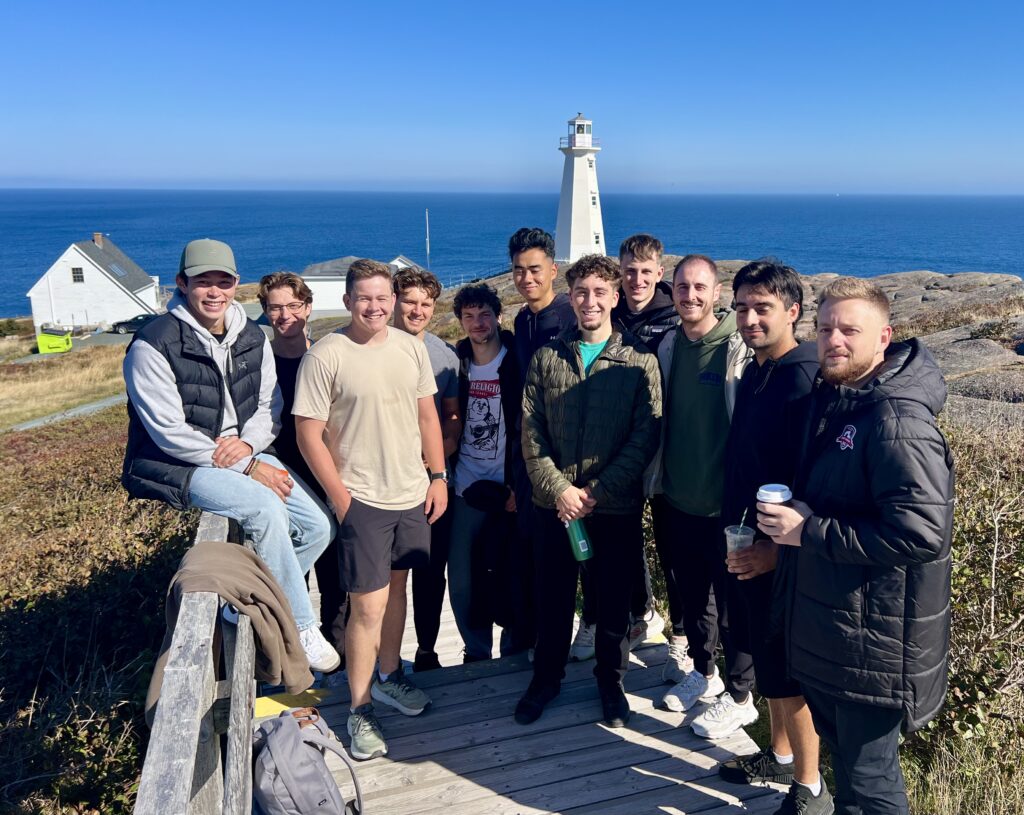
My favourite part of coaching isn’t the tactics, the fitness, or even the competition—it’s the mentality it builds. The ability to stay disciplined, to persevere through adversity, to be mentally strong when things don’t go your way.
These same traits—resilience, discipline, and perseverance—are the hallmarks of great players and successful people. I don’t think there’s any way to truly teach resilience except through suffering. Sports provide a safe, low-consequence environment to experience that discomfort. You can’t grow without struggle. The greater your capacity to endure, the higher your potential.
This week, we tempered our character.
The same holds true in investing. As an advisor, I spend a lot of time on technical matters—asset allocation, portfolio construction, tax efficiency—but ultimately, long-term returns depend on your capacity to suffer .It’s hard to watch portfolios dip during market turbulence and stay disciplined while headlines scream panic. But the greater your tolerance for short-term discomfort, the higher your long-term reward.
September, historically the worst month for markets, just ended with indexes hitting new highs. Volatility remains elevated—especially after a rough Friday when Trump reignited tariff talks with China—but so far this year, that volatility has worked in our favour. We will see what the rest of October brings.
Geopolitical uncertainty is still off the charts, and inflation remains a key variable to keep an eye on. Hard to believe tariffs aren’t going to start impacting costs of goods. Small rate cuts have fueled optimism, but the story that really matters continues to be Generative AI—the most transformative force I’ve seen since the rise of e-commerce.
Right now, we’re in an arms race. Companies are investing heavily in AI to either establish dominance or avoid being left behind. The early productivity gains are real—massive time savings and new efficiencies—but we’re still figuring out whether AI will fundamentally expand businesses or simply compress costs.
At our Worldsource conference in September, I was asked to be part of a panel on the impact of AI on financial planning. It’s a topic I find super interesting, and I’m no technologist, but I use AI daily—for writing, notes, practice analysis, planning, and stress-testing portfolios. The great part about AI is that it is so intuitive to use. It doesn’t require any sort of advanced technical skills (as very much evidenced by me being on any sort of panel on technology!), it simply requires asking good questions.
It’s intuitive and powerful, but it doesn’t replace the human side of advising – empathy, trust, behavioural coaching, and lived experience. My business is built on relationships, supported by data and numbers—not the other way around. Despite “companionship and counseling” being the top predicted use case for AI (a slightly scary thought!), I don’t see it replacing genuine human guidance any time soon. What it does exceedingly well for my own practice is saving me time and increasing my capacity.
I reached out to ChatGPT to double check my assumptions and see how other financial institutions are incorporating AI and got this article summary from CNBC titled “How JPMorgan Chase is Winning with AI” that listed some ways the big bank is using it:
- LLM Suite: An internal platform for report summaries, document refinement, and general tasks. It is used by approximately 200,000 employees and frees up time for strategic work.
- EEVE Intelligent Q&A: An AI support tool for call-center employees that handles customer service, fraud, claims, wealth, and home lending queries. It supports roughly 80,000 call center employees.
- Coding Assistant: A developer tool for code suggestions and boilerplate. It is used by approximately 60,000 engineers and boosts productivity by about 20%.
- ChatCFO: A finance-focused AI assistant that answers detailed finance questions so staff can focus on decision-making. It improves the quality and speed of internal financial analysis.
- Michael Cembalest “Expert-simulator”: An AI tool to scale the thinking of a senior strategist, Michael Cembalest. It speeds up decisions and spreads leadership insight across teams.
- Contract Intelligence (COIN): An AI for reviewing contracts, risk assessment, and credit agreements. It processes approximately 12,000 agreements in seconds and saves roughly 360,000 hours annually.
With an annual spend of $18.5 billion in 2025, JPMorgan has over 450 AI use cases already, aiming for 1,000 by 2026. JPMorgan has apparently thought of a few more uses for GenAI than I have at this point! That’s a lot of increased capacity!
I got an electric mountain bike in the summer. I live on a mountain in Port Moody with a great network of mountain biking trails just above my house. The trouble is getting to them! It used to be about an hour and twenty minute climb straight up to get to the top for about 15 minutes worth of fun coming back down. One of my favourite summer workouts was biking over the top of the mountain to Buntzen Lake, swim for a half hour, and then bike home. It would take me just over 2 hours. The problem as I get older is I have less and less inclination to put myself through the grind of the climb. With the e-bike, now I can reach the summit in under 20 minutes, ride to Buntzen Lake, swim, and be home in an hour.
In theory, I could use the saved time for another lap, more work , or new learning. What I actually do now is I ride over the mountain to the lake, swim, and then take a half hour nap before I ride home! I feel happy with my investment, but ultimately, I have to convince my wife that spending the equivalent of a small car for an e-bike that does the same thing my old bike did, just faster, so I could squeeze a nap into my workout routine is worth the cost!
That’s sort of where AI stands today. We have extra capacity, efficiencies and productivity increases, but is that going to create growth? JP Morgan is killing it with their AI application, but fundamentally, their core business hasn’t really changed. Their capacity and productively are certainly boosted, but at some point, investors are going to want to see more than that as a return on an $18.5 billion dollar spend. I think they will get there, but probably not as fast as investors would want.
AI is transformative, but markets are running hot.
- The Shiller CAPE ratio—a long-term valuation metric—is hovering around 39–40, the highest since the dot-com era.
- The Buffett Indicator (total U.S. market cap ÷ GDP) is above 200%, well above its 100% “fair value” threshold.
High valuations alone don’t cause crashes, but they make markets fragile. We’re in what I’d call an industrial bubble rather than a financial one—companies are spending heavily to build the future, not just chase leverage. When the correction comes, the strong will separate from the weak. The good users of AI will come to the forefront rather than simply big spenders on AI.
Some firms are using new efficiencies just to “take a nap.” Others will emerge stronger and reshape the world.
Getting bounced from the medal games in Newfoundland stung, but it did give us an extra day to explore the province. Ironically enough, that was our best weather day too! Fall colours, dramatic ocean cliffs, colourful homes, and funny accents made for a great day. We even saw a skulk of foxes (that’s your word of the day, thanks ChatGPT!). Not going to say that I am grateful for the pain, but the willingness to suffer gives depth and appreciation to the good times.
I’m not thankful for the suffering, but I acknowledge its value. The willingness to endure discomfort is a necessary part of success.

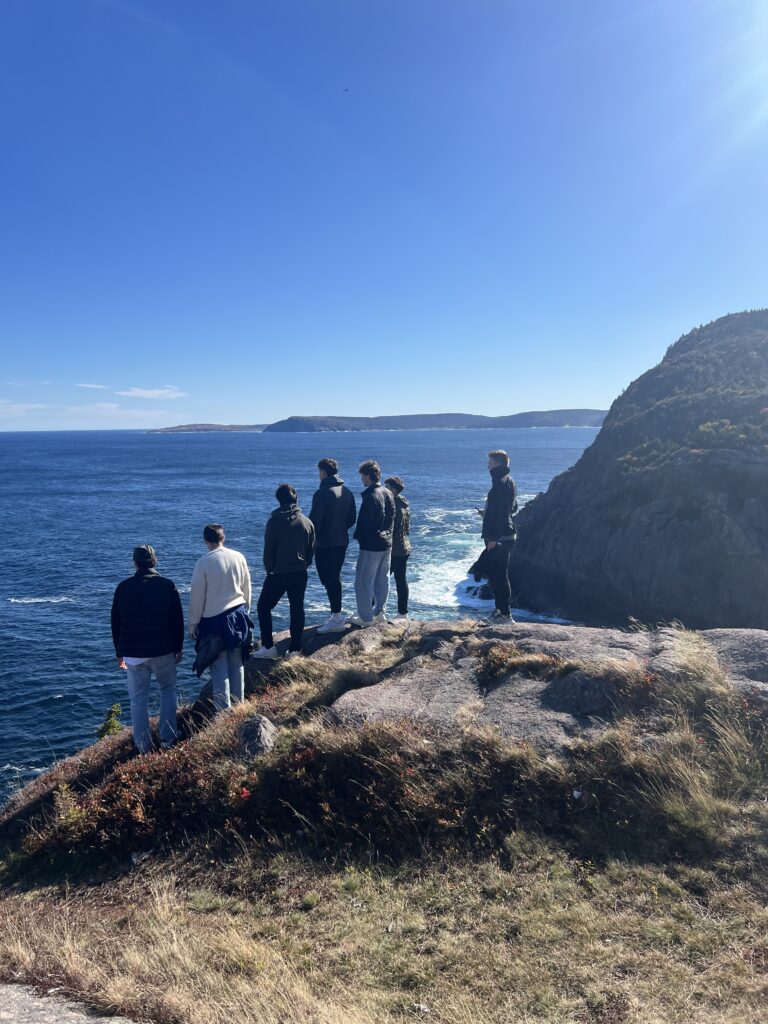
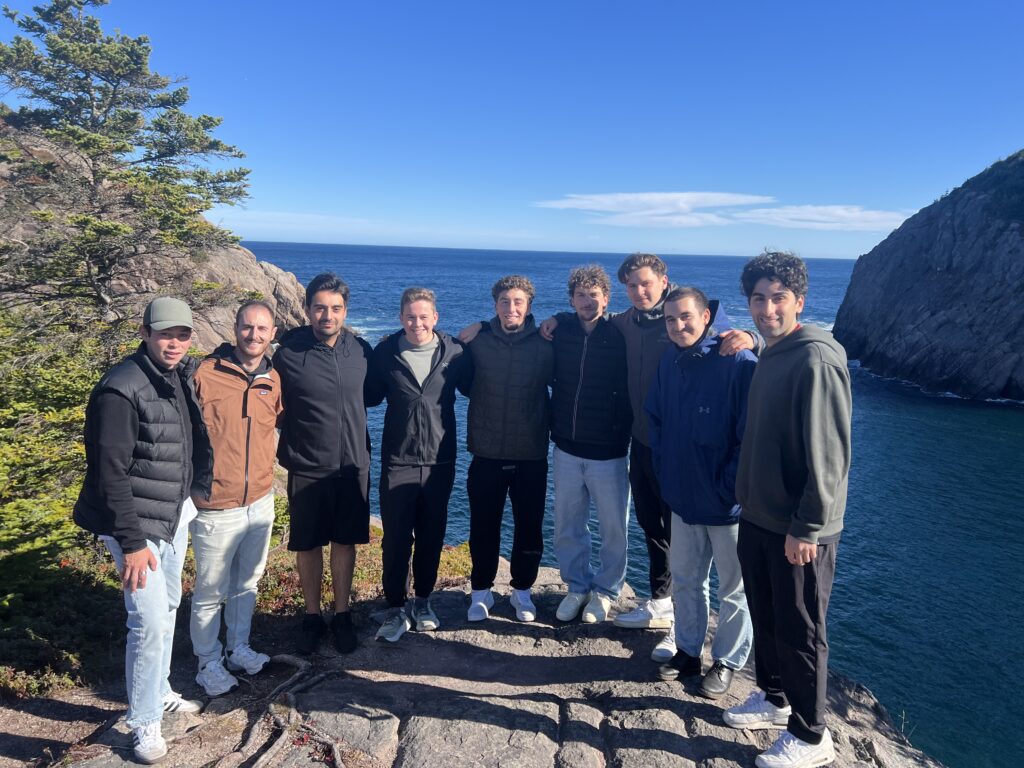
Over the long term, I am confident that this technology will drive a new wave of unprecedented economic growth, along with scientific breakthroughs, improvements to quality of life, and new ways to express creativity. There may be a reckoning on valuations, but there will also be new use cases, inventions, and businesses that will benefit society. We just may have to suffer a bit to get to the really good stuff. I am eagerly awaiting the day I can hop in my car and just tell it where to go while my robot butler cleans my house!
So, as we enter the final quarter, it’s a season for trimming and rebalancing—reassessing risk, taking profits, and ensuring portfolios align with capacity. Returns have been phenomenal over the past few years, but now’s the time to check your footing before the next storm.
I’m profoundly grateful—for my family, my health, my incredible clients, and a life filled with meaningful work and worthwhile people. I’m less grateful for the pain, but I respect both the necessity of if and what it teaches us.
I’ll be reaching out soon to review portfolios, help you get comfortable with the new client portal, and ensure your “capacity” matches your goals.
Here’s to resilience—on the field, in the markets, and in life.
Jeremy
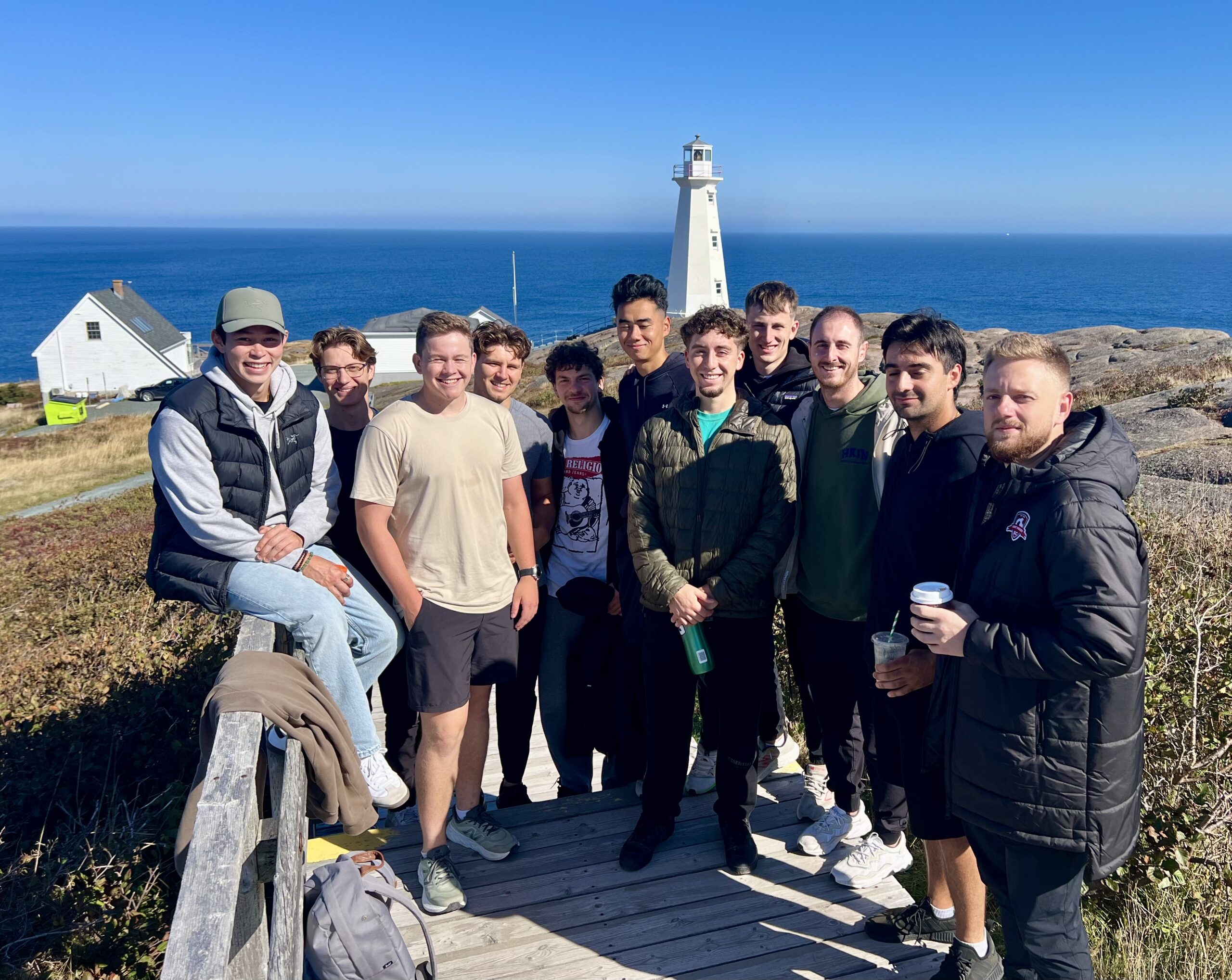
leave a comment